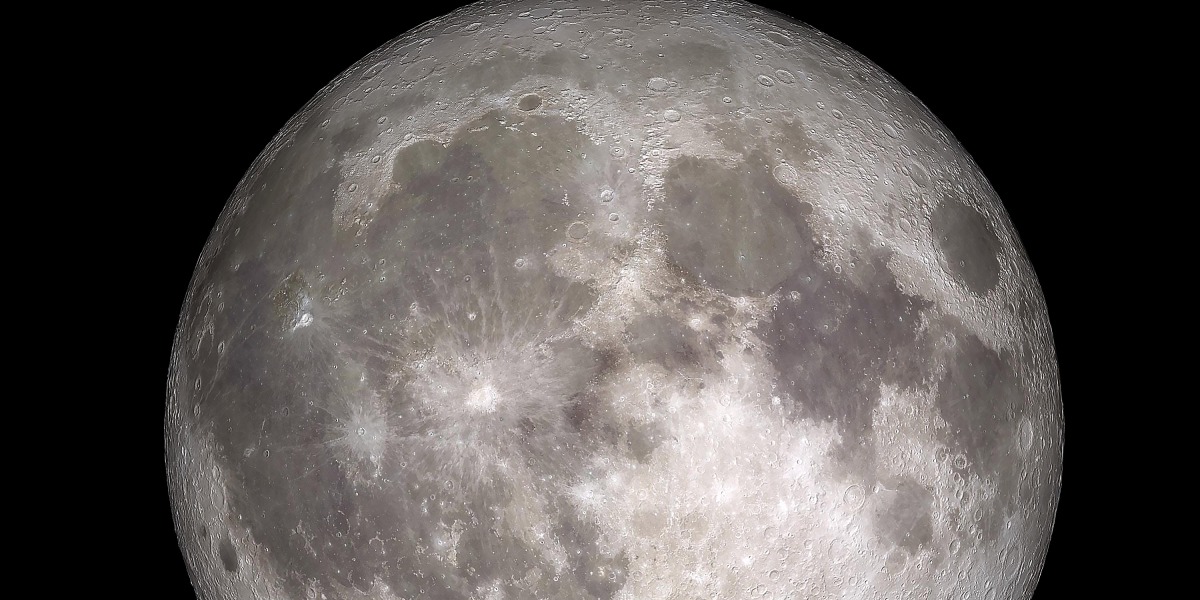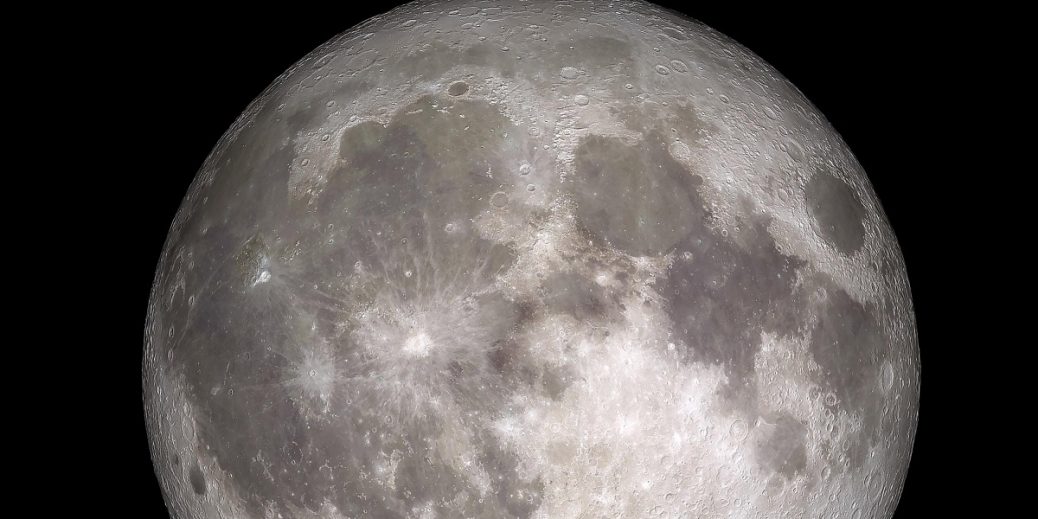
These private companies are backed by millions of dollars in government money, driven by NASA’s desire to return humans to the moon as part of its Artemis program. NASA wants to expand commercial moon activity in the same way it has helped fund commercial activity in Earth orbit with companies such as SpaceX.
“The goal is we return to the moon, open up a lunar economy, and continue exploring to Mars,” says Nujoud Merancy, chief of NASA’s Exploration Mission Planning Office at the Johnson Space Center in Texa. The ultimate plan, Merancy says, is to foster a “permanent settlement on the moon.”
Not all are convinced, especially when it comes to how companies will make money on lunar missions outside of funding from NASA. “What is the GDP of lunar activities?” says Sinead O’Sullivan, a former senior researcher at Harvard Business School’s Institute for Strategy and Competitiveness. “Some commercial economy may evolve, but it’s kind of hard to tell.”
Humans are going back, too
In November 2024, if all goes to plan, the Artemis II mission will send a crew of four astronauts—three American and one Canadian—around the moon on a 10-day mission in NASA’s Orion spacecraft, launched by the agency’s mighty new Space Launch System rocket.
Humans have not traveled to the moon since Apollo 17 in 1972. The goal, however, is “not just returning, but staying and exploring,” says Merancy. Artemis II “is really ensuring that the vehicles are ready for longer-duration missions in the future.”
Also in November 2024, a SpaceX Falcon Heavy rocket is scheduled to carry the first modules of NASA’s new space station near the moon, called the Lunar Gateway. Gateway is meant to support Artemis missions to the moon, although the exact relationship is still somewhat murky. The first humans back on the moon are due to land in 2025, aboard a SpaceX Starship vehicle as part of Artemis III.
Much work remains to be done, however, not least proving Starship can launch from Earth (following a botched test flight in April 2023) and be refueled in space. This leaves some in doubt of the 2025 time frame. “A landing in 2029 would be really optimistic,” says Jonathan McDowell, an astronomer at the Harvard-Smithsonian Center for Astrophysics in Massachusetts.




Recent Comments